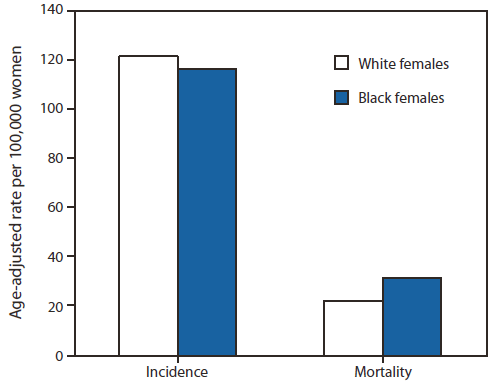4 Healthy Fats to eat

For years we were told to eat a diet that is low in fat if we wanted to lose weight. Many of us switched to low fat foods that were often high in sugar, salt, and simple carbohydrates. And instead of getting thinner and healthier, there is more obesity and diabetes now than when the low-fat craze started decades ago. It turns out that fat is not the enemy.
Our bodies require a moderate amount of certain kinds of dietary fat to absorb Vitamins A, E, and D, and for the nervous system to function properly. According to studies done at Harvard University lowering overall fat intake does not help people lose weight or prevent heart disease. Rather, it is the overall calorie intake and the type of fat eaten that matters, according to recent research.
Some fats, such as saturated fat and trans fat (sometimes called partially hydrogenated vegetable oil), can cause weight gain and contribute to heart disease and a host of other illnesses. But polyunsaturated and monounsaturated fats actually reduce the risk of heart disease and can prevent belly fat from forming. The Mayo clinic recommends that 20 to 35% of your daily calorie intake should come from fat, and two thirds of that should be unsaturated fat.
These unsaturated fats help build high-density lipoproteins (HDL), the type of cholesterol that is considered healthy for the body. HDL clears the blood stream and arteries of low-density lipoproteins (LDL), the so-called “bad” cholesterol that clogs arteries and can lead to heart disease. In addition to the health benefits, including the right amount of these kinds of fats at every meal helps the body feel more full because they digest slowly and increase absorption of the nutrients in the rest of your food, meaning you are likely to take in fewer calories overall. Here are a few healthy fats you can enjoy in moderation.
Avocados
Avocados are a high-density food packed with nutrients, including 20 necessary vitamins and minerals such as Vitamins C, E, and K, thiamine, potassium, and fiber. The fat in avocados is over 75% monounsaturated and polyunsaturated, and it combines synergistically with the fiber and other nutrients in avocados for maximum assimilation. In both taste and nutrient content avocados blend especially well with dark leafy greens like kale, spinach, and arugula, helping us get the goods from the greens and feel truly satisfied by a salad.
Salmon and Other Cold Water Fish
Fatty cold-water fish, such as wild salmon and mackerel, are the highest source of omega-3 essential fatty acids. These acids, called “essential” because our bodies do not produce them so they must be obtained through food, can prevent heart disease, clear triglycerides (“bad fat”) from the body, and may help with other conditions such as inflammation, rheumatoid arthritis, and depression. The most important omega-3s, DHA and EPA, are only found in cold-water, fatty fish, and some algae. These fish are also a great source of lean protein. While there is the potential for contamination by mercury or environmental toxins in some fish, the health benefits of a small portion of wild fish outweigh the potential dangers. Note that the omega-3s are only present in wild, fatty, cold-water fish, not farmed.
Olive Oil
Olives and their oil have been a staple in central European diets for thousands of years, for good reason. They are low in calories and contain mostly the cholesterol shifting monounsaturated fat. Olive oil is unstable when heated, so it is best to use it on salads or only in low-heat cooking.
Nuts and Seeds
Raw nuts and seeds also contain mostly unsaturated fat and high amounts of protein. They are an easy and healthful snack, and like the other unsaturated fats contain vital vitamins and minerals. Flax seeds contain omega-3 and omega-6 fatty acids, and chia seeds are the highest vegetarian source of omega-3s. Almonds are the only nuts, and one of few protein sources, that are alkalinizing to the body. Monounsaturated fats are unstable and break down at high heat, so choose raw nuts, not roasted ones. Most raw nuts and seeds need to be processed in some way to break down the enzyme inhibitors they contain that inhibit digestion. Flax seeds need to be ground and soaked and all nuts except Brazil need to be soaked for 6 to 12 hours.
The key with fat intake, and any sustainable diet, is moderation. Enjoy a handful of almonds as a snack, half of an avocado with lunch, and a few tablespoons of olive oil with dinner, and you will be getting a good dose of the healthy fats that can help you in you efforts to lose weight and be healthy.















 Black women are dying of breast cancer at a much more aggressive rate than white women—and a new study finds that disparities in healthcare are to blame.
Black women are dying of breast cancer at a much more aggressive rate than white women—and a new study finds that disparities in healthcare are to blame.


